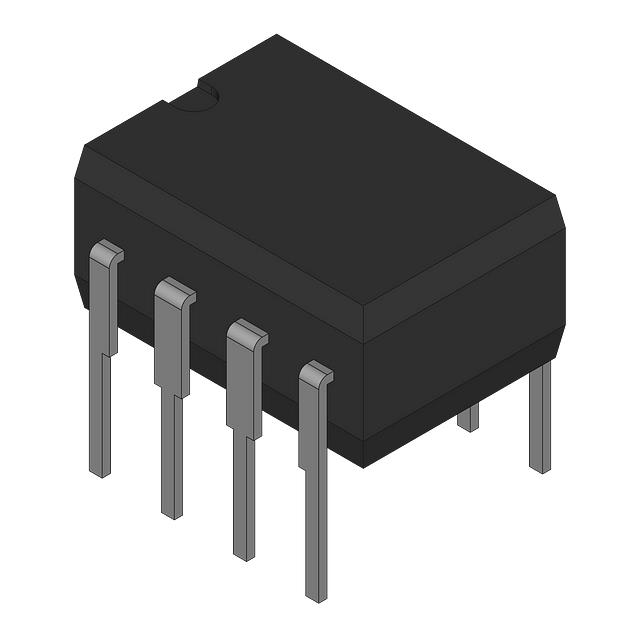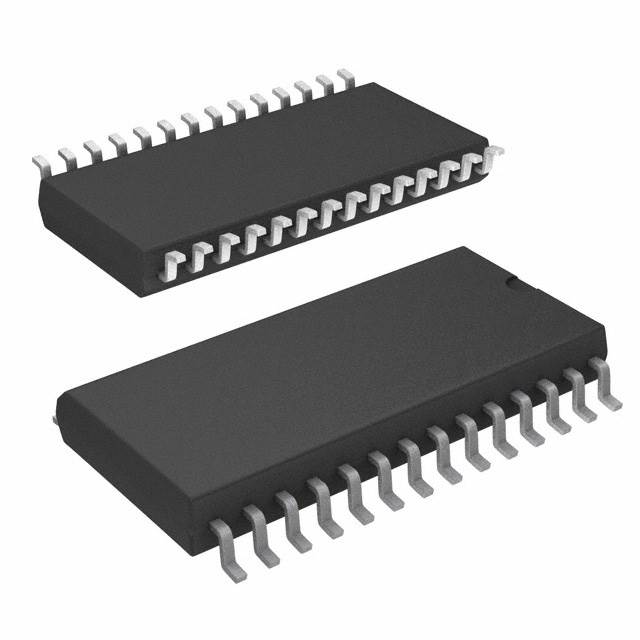MAX3265EUE+TD
Manufacturer No:
MAX3265EUE+TD
Manufacturer:
Description:
IC LIMITING AMP 16TSSOP
Datasheet:
Delivery:





Payment:




In Stock : 0
Please send RFQ , we will respond immediately.









MAX3265EUE+TD Specifications
-
TypeParameter
-
Supplier Device Package-
-
Package / Case-
-
Mounting Type-
-
Applications-
-
Type-
-
PackagingTape & Reel (TR)
-
Product StatusObsolete
-
Series*
The MAX3265EUE+TD is a specific integrated circuit (IC) chip manufactured by Maxim Integrated. It is a low-power, high-performance transimpedance amplifier (TIA) designed for optical communication applications. Here are some advantages and application scenarios of the MAX3265EUE+TD:Advantages: 1. Low Power Consumption: The MAX3265EUE+TD is designed to operate at low power, making it suitable for battery-powered devices or applications where power efficiency is crucial. 2. High Performance: It offers high gain and bandwidth, enabling it to handle high-speed optical signals accurately. 3. Integrated Features: The chip integrates a transimpedance amplifier, limiting amplifier, and automatic gain control (AGC) circuitry, reducing the need for additional external components. 4. Small Form Factor: The MAX3265EUE+TD comes in a small package, making it suitable for space-constrained applications.Application Scenarios: 1. Optical Communication Systems: The MAX3265EUE+TD is commonly used in optical communication systems, such as fiber-optic networks, where it converts optical signals into electrical signals for further processing. 2. Data Centers: It can be used in data centers for high-speed optical communication between servers, switches, and routers. 3. Telecommunications: The chip finds applications in telecommunications equipment, including optical transceivers and network interface cards. 4. Medical Imaging: The MAX3265EUE+TD can be utilized in medical imaging devices that rely on optical signals, such as endoscopes or optical coherence tomography (OCT) systems. 5. Industrial Automation: It can be employed in industrial automation systems that require high-speed optical communication for data transmission.It's important to note that the specific advantages and application scenarios may vary depending on the requirements and specifications of the overall system design.
MAX3265EUE+TD Relevant information
-

CS59201GD8
onsemi -

LM2924MX
National Semiconductor -

LF298MX
National Semiconductor -

LM392D
Texas Instruments -

MAX3765CUB
Analog Devices Inc./Maxim Integrated -

TS34118CS28 RDG
Taiwan Semiconductor Corporation -
PTLS25H004ADBT
Texas Instruments -
PTRF6151CRGZR
Texas Instruments -
PTRF6151CRGZ
Texas Instruments -

MAX3963CSA
Analog Devices Inc./Maxim Integrated






